This story is included in the October 2020 World Report, a 45-minute program that summarizes news of The Church of Jesus Christ of Latter-day Saints over the past six months. The full October 2020 World Report will be available here in English, Spanish, and Portuguese on Wednesday, September 30.
Regan Ramano, food manager of Mercy Warehouse in Laguna Niguel, California, cheers as a pallet of black beans is loaded onto an empty shelf. It is mid-July 2020. Several dozen pallets of beans, salsa, spaghetti and other pantry staples are being given to the Orange County Food Bank to help fill increasing demands brought about by COVID-19.
Mercy Warehouse, the Orange County Rescue Mission and Second Harvest are among the recipients of more than 105,000 pounds of food from the Bishops’ Central Storehouse of The Church of Jesus Christ of Latter-day Saints. The food donation is part of one of the Church’s largest-ever humanitarian responses. Additional donations are scheduled for Orange County.
| Temple Square is always beautiful in the springtime. Gardeners work to prepare the ground for General Conference. 2012 Intellectual Reserve, Inc. All rights reserved. | 1 / 13 |
“[The Church’s] support is just phenomenal,” says Ramano. Like other food banks, hers is dependent on donations from corporations and individuals. “The food that just arrived is invaluable for us. This gift is tremendous. It’s like a little bit of hope coming to their door.”
Business shutdowns due to COVID-19 are leading to layoffs and furloughs. When this donation arrives in July, unemployment hovers just above 12% in Orange County (fortunately, it ticked down to 9.9% by August). With an increased population of those in serious need, the “demand for food has been unprecedented,” says Harald Herrmann, CEO of Second Harvest, a food bank based in Irvine, California. In February 2020, Second Harvest distributed food to an estimated 249,174 residents. By June, the number increased to some 521,394 people. He says that Second Harvest has switched its operations model from the “pieces business” to the “pallet business” to keep up with demand. “It’s all about volume,” Herrmann says. “The need for food in Orange County is the same as when we entered the crisis.”
President Jim Palmer of the Orange County Rescue Mission, which provides meals, housing, education and employment services, says the beginning of the pandemic was a touch-and-go time. “You couldn’t buy food in bulk. Schools were closed, churches were closed, service groups dwindled and there was a real strain on food needed,” he says.
The need will remain for the foreseeable future, Palmer adds. The Orange County Rescue Mission is preparing for the next wave of job losses. “Who knows what it [will look] like,” he says. “Unemployment is going to be with us for a long time.”
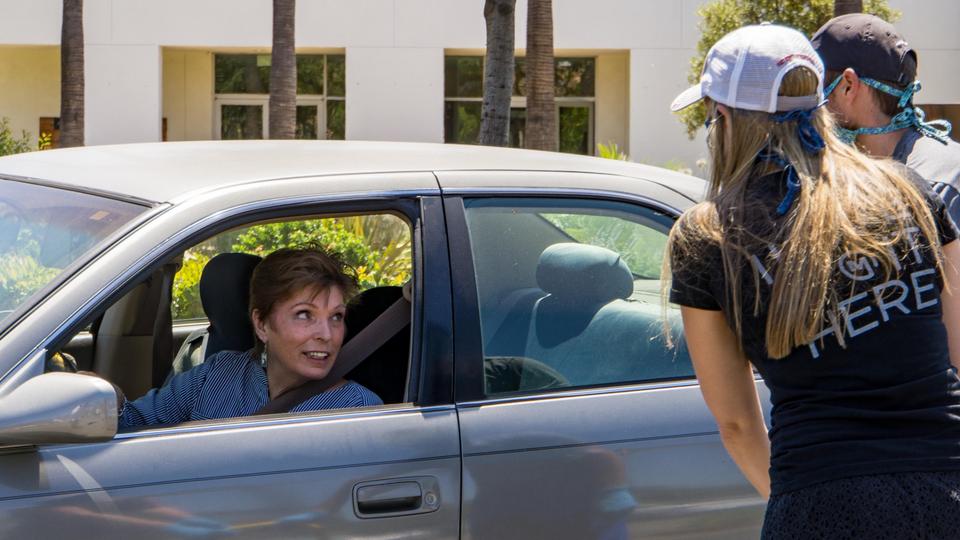
Orange County Food Banks
Kari told interfaith volunteers at the RSM Cares drive-thru food pantry in Rancho Santa Margarita, California, she was divinely guided to the food distribution point. Kari lives in an area suffering with double-digit unemployment from a prolonged COVID-19 lockdown. The Church of Jesus Christ of Latter-day Saints donated thousands of pounds of foodstuffs in May 2020 alone to Southern California food banks as part of a global effort to help those in need during the worldwide pandemic.2020 by Intellectual Reserve, Inc. All rights reserved.The impact on the newly unemployed in the county can also be seen at food pantries like the one in Rancho Santa Margarita. The local pantry is a 3-year-old interfaith operation that has seen its patron numbers double since the pandemic began in March. On a Wednesday afternoon in July, well before the pantry opens, people wait in line under the hot sun until a delivery truck pulls in from Second Harvest. The pallets are unloaded, and volunteers sort the food into boxes and bags prepared for the drive-through delivery system.
The pantry opens. Kari, a first-time patron, drives up and a few volunteers load a box of groceries into her car. “I really needed the food,” she says. “The Lord led me here today. God bless you all.”
Lisa, a mother of four now living in a garage, never thought she would rely on others for food. “I was always in a position to help others,” she says. “I don’t think people understand how difficult the crisis is.”
John, an unemployed war veteran, says, “I am amazed at what you have done here. We need a lot more of these things.”

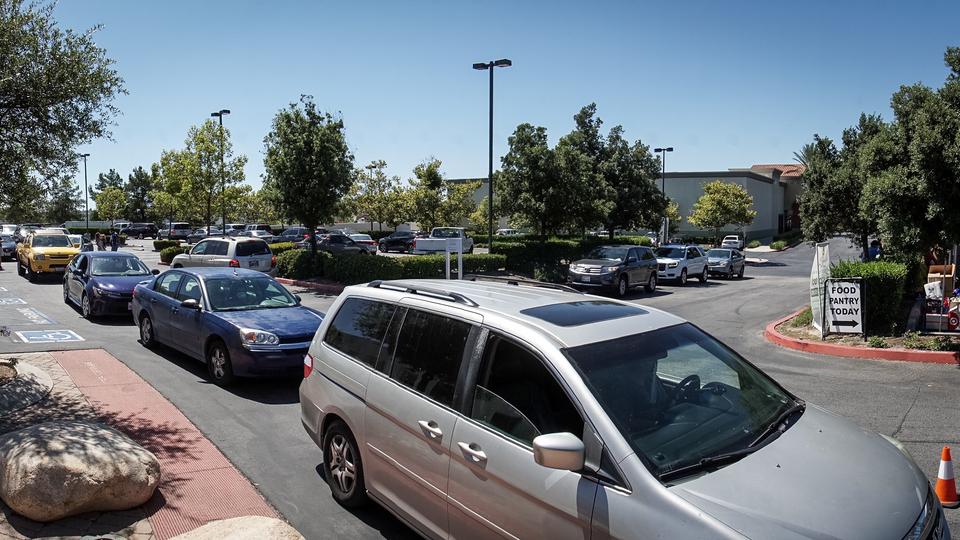


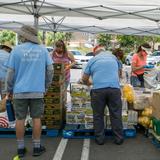


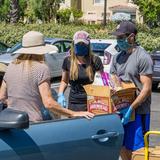
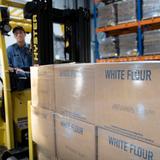
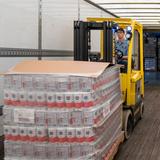
.jpg)

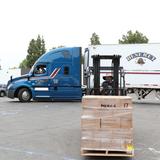
-35-(1).jpg)
